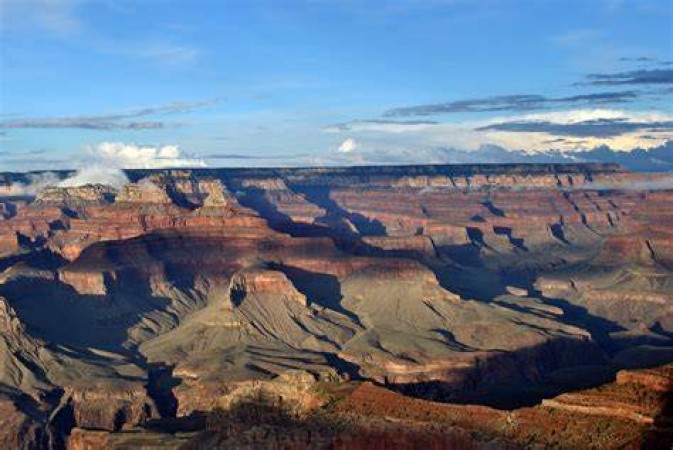
The world is filled with remarkable geographical features, and one of the most awe-inspiring is the Tibetan Plateau, often referred to as the "Roof of the World." In this article, we will delve into this extraordinary plateau, uncovering its secrets, geography, unique characteristics, and the impact it has on the environment and human life.
The Tibetan Plateau, also known as the Qinghai-Tibet Plateau, is a vast elevated region located in Central Asia. It stretches across multiple countries, primarily China, Tibet, India, Nepal, and Bhutan. This plateau stands out as the highest and largest plateau globally, and its geographical significance is truly remarkable.
At an average elevation of approximately 4,500 meters (14,800 feet) above sea level, the Tibetan Plateau is aptly called the "Roof of the World." The plateau encompasses an area of around 2.5 million square kilometers (970,000 square miles). Its extreme elevation gives rise to some of the most stunning landscapes on Earth.
The plateau is encircled by towering mountain ranges, including the Himalayas, Karakoram Range, and the Kunlun Mountains. These colossal natural barriers have a profound impact on the region's climate and weather patterns.
Due to its high elevation, the Tibetan Plateau experiences extreme temperature fluctuations. Summers can be surprisingly warm, with temperatures reaching 25°C (77°F) or more during the day. However, nights can be bone-chillingly cold, with temperatures dropping below freezing.
The plateau's position significantly influences the South Asian monsoon system. During the summer, moist air from the Indian Ocean is drawn towards the plateau, leading to heavy rainfall in the region. This rainfall is crucial for the sustenance of life and agriculture on the plateau.
Despite its harsh conditions, the Tibetan Plateau is home to a diverse range of flora and fauna. You can find elusive species like the snow leopard, Tibetan antelope, and various endemic plant species adapted to the extreme altitudes.
The plateau serves as the "Water Towers of Asia", as it is the source of many of Asia's major rivers. The Indus, Ganges, Brahmaputra, Yangtze, and Yellow River all originate from the Tibetan Plateau. This makes it a lifeline for billions of people downstream who rely on these rivers for freshwater.
The Tibetan Plateau is highly vulnerable to climate change. Rising temperatures and glacial melt pose a significant threat to the region's ecosystems and the stability of its rivers. Understanding these changes is crucial for global climate research.
The Tibetan Plateau is deeply intertwined with Tibetan Buddhism. It's home to some of the world's most sacred sites, including Lhasa, the capital of Tibet, and the Potala Palace. These places hold immense religious and cultural importance.
The plateau has a rich tradition of nomadic herding, with the Tibetan people relying on yak and sheep farming for their livelihoods. This unique way of life has shaped their culture for centuries.
In recent years, the Tibetan Plateau has become a popular destination for tourists seeking adventure and cultural experiences. However, the increase in tourism also raises concerns about environmental conservation.
Efforts are being made to balance tourism with environmental preservation. Sustainable tourism practices and conservation initiatives aim to protect the fragile ecosystems of the plateau.
The Tibetan Plateau, as the highest plateau in the world, is a place of astonishing beauty, unique biodiversity, and profound cultural significance. Its influence extends far beyond its borders, impacting the climate, environment, and livelihoods of millions. Understanding and preserving this remarkable region is not just a matter of geographical interest but a responsibility for all of humanity.
G20 Leadership Transition: Symbolic Handover from India to Brazil, Unveiling the Next Troika